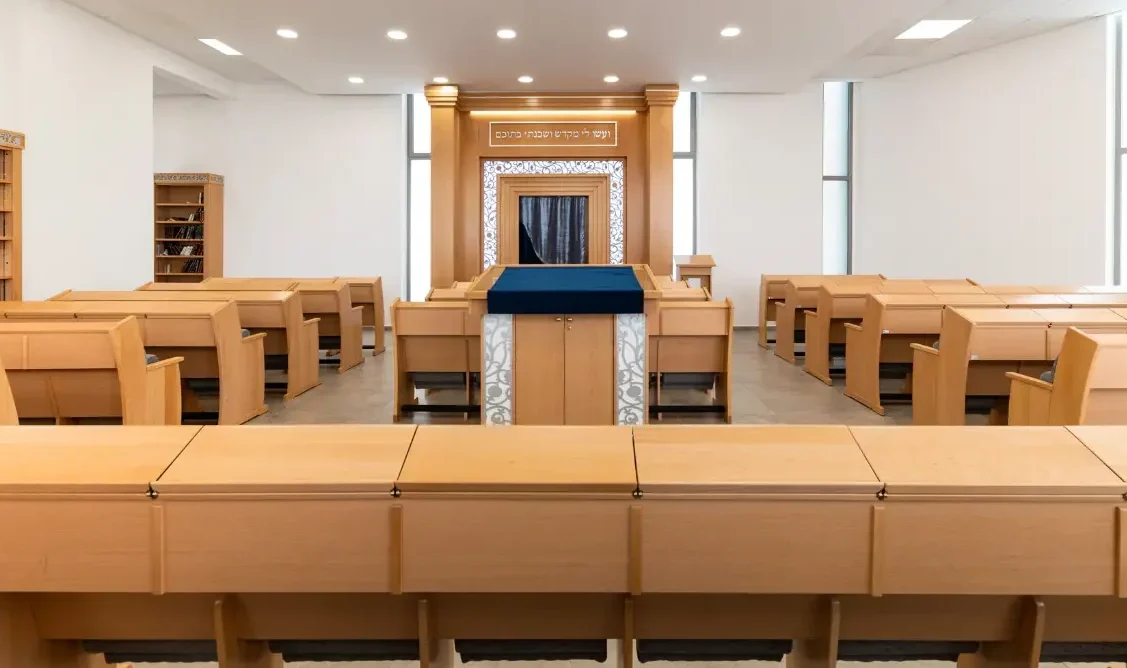Fire and theft are scenarios that many people prefer not to think about, especially in a holy place like a synagogue, but securing the Aron hakodesh is an issue that is important to focus on – precisely because of the fear of such events. We have already encountered cases where the caretakers decided to purchase an Aron without protection, and later the owner of the sefer Torah removed it from the synagogue due to this concern, “What will happen if someone breaks into the Aron?”.

There are several levels of protection on the market against various threats that pose a risk to the synagogue, with the main ones being theft and fire. Here are various protection options for the Aron, from simple to strong:
| Level of protection | Explanation | Efficiency against theft | Efficiency against fire |
| Without additional protection | Relying on the locking of the Aron hakodesh doors and the materials of the Aron hakodesh structure, without adding any protective component. | Low efficiency | Very low efficiency |
| “Trelidor” security gate | Retractable grille, moves on a track | Commonly accepted as a solution for residential windows and therefore likely valuable in preventing thefts, for example, by delaying thieves and diminishing their motivation to act in the place. | Very low efficiency |
| “Sapphire” protection | Developed by Lavi – massive metal doors covered with wood, similar to the front of the Aron, so that it does not affect the design of the Aron. Additionally, lining the interior of the Aron with metal plates attached to the wooden sides that make it up | Has proven to be highly effective: break-in attempts at synagogues in Israel have left traces of chisels work and other tools, but have failed to breach the Aron hakodesh. Although there is never 100% security, in these cases ” made all the difference. | Fire retardant to a certain extent (not tested at a laboratory level and no engineering measurement). |
| Safe | Embedding a safe within the Aron hakodesh. Usually, a safe is placed on metal legs, and the Aron is built around it. | Very high efficiency. This is the most expensive option, and it also has design implications and usability issues, but it is probably the best solution against theft. For a safe to be particularly effective, its opening doors should be hinged, not sliding doors. | Fire retardant to a certain extent. As far as we know, the safes sold for Aron hakodesh do not have the fire-retardant standard from which one can learn what will happen to the sefer Torah if there is a fire in the Aron hakodesh. The risk to the sifrei Torah is not just fire, but the high temperature they will be exposed to. |

A question we often encounter is regarding the insurance requirements for the protection level of the Aron. According to our experience, many insurance companies are satisfied with the “Trelidor” grille, and we do not have an insurance company that refused to approve the “Sapphire” protection solution developed by Lavi. For added safety, it is always recommended to check with your specific insurance company, and we can provide a technique draw that describes the proposed solution, so you can present it to the company.



